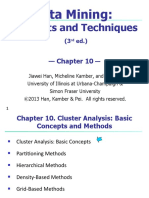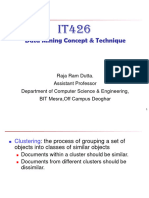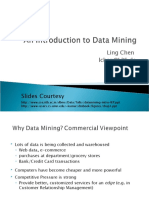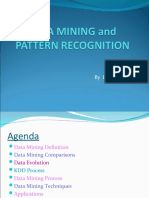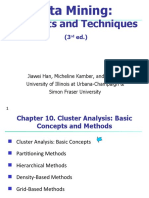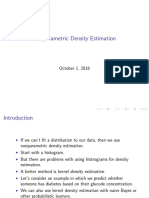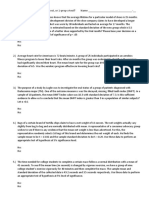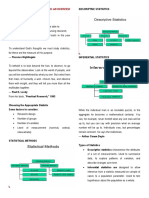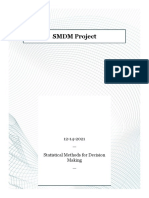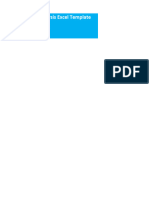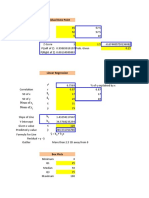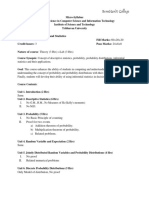0% found this document useful (0 votes)
10 views13 pagesLecture 02
The document provides an overview of advanced data mining techniques, including classification, clustering, and association rule mining, along with model evaluation methods. It highlights various algorithms and metrics used for classification and clustering, as well as real-world applications in fields like healthcare, retail, and banking. The importance of model evaluation to prevent overfitting and ensure generalization is also emphasized.
Uploaded by
Hayat HytCopyright
© © All Rights Reserved
We take content rights seriously. If you suspect this is your content, claim it here.
Available Formats
Download as PDF, TXT or read online on Scribd
0% found this document useful (0 votes)
10 views13 pagesLecture 02
The document provides an overview of advanced data mining techniques, including classification, clustering, and association rule mining, along with model evaluation methods. It highlights various algorithms and metrics used for classification and clustering, as well as real-world applications in fields like healthcare, retail, and banking. The importance of model evaluation to prevent overfitting and ensure generalization is also emphasized.
Uploaded by
Hayat HytCopyright
© © All Rights Reserved
We take content rights seriously. If you suspect this is your content, claim it here.
Available Formats
Download as PDF, TXT or read online on Scribd
/ 13







